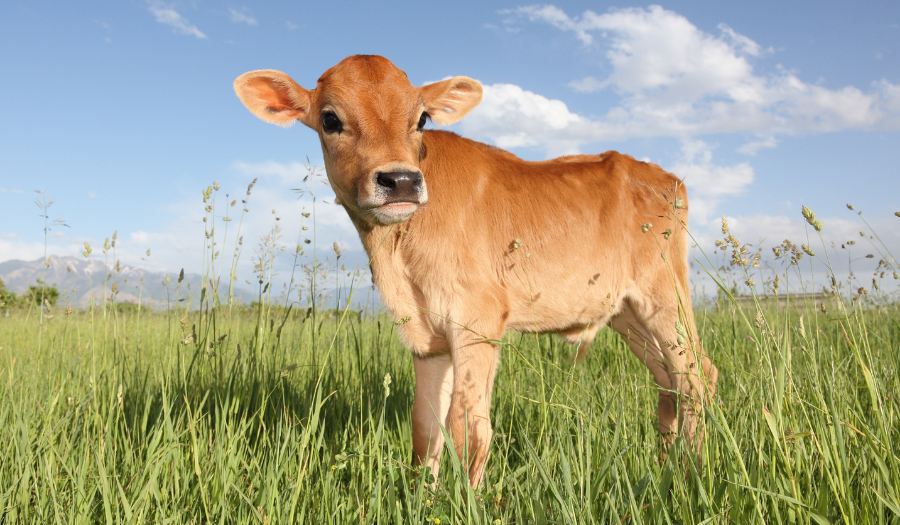
The world is changing and consumer expectations are evolving dramatically; from a diet of necessities, we have moved towards a healthier diet.
This change in attitudes and behaviour is leading the food industry, and the entire upstream chain, to review its model, to produce better, sustainably and safely.
This is why HERBAROM, like several other players in the animal sector, has carried out research and found relevant alternative solutions based on the use of essential oils.
Today we're going to introduce you to how these essential oils work in animals.
The components of essential oils can have different biological activities in animals and humans:
The action of these biomolecules depends on their fate in the body when they are consumed, and then their activity potential with respect to their targets organic.
The absorption of essential oils by the body is modulated at different stages of the digestive process by the food matrix, depending on its chemical composition or presentation (free or protected by encapsulation) and the dose used.
? Download the guide to find out more about essential oils in animal nutrition!
Depending on their site of absorption, essential oils work at different levels and with different actions :
As we can see, essential oils and their metabolites have significant potential and a wide scope for action much of which remains to be explored and experimented with.